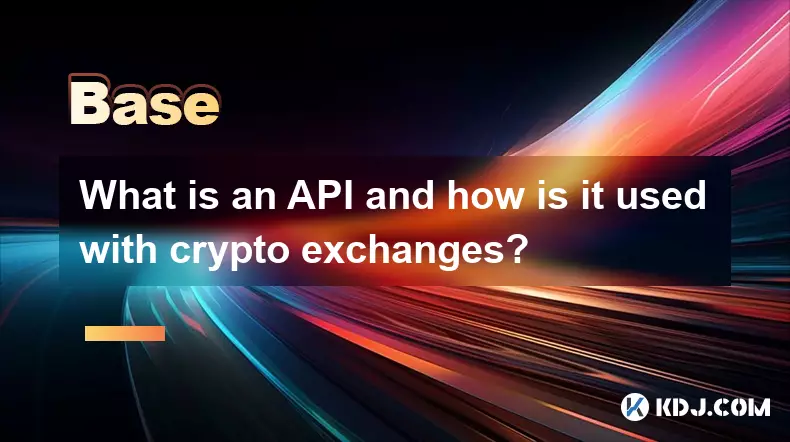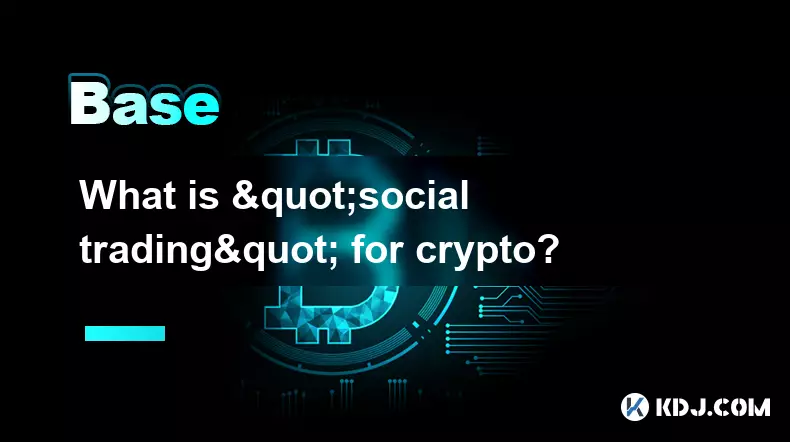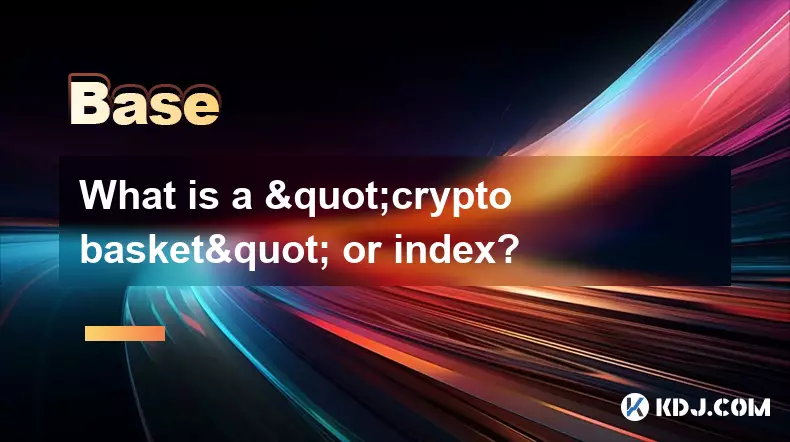-
 Bitcoin
Bitcoin $112100
0.77% -
 Ethereum
Ethereum $4474
3.78% -
 XRP
XRP $2.851
0.46% -
 Tether USDt
Tether USDt $1.000
0.01% -
 BNB
BNB $856.0
0.45% -
 Solana
Solana $209.3
1.04% -
 USDC
USDC $0.9998
-0.02% -
 Dogecoin
Dogecoin $0.2216
3.68% -
 TRON
TRON $0.3420
1.19% -
 Cardano
Cardano $0.8415
1.56% -
 Chainlink
Chainlink $23.79
1.74% -
 Hyperliquid
Hyperliquid $46.03
3.38% -
 Ethena USDe
Ethena USDe $1.001
0.04% -
 Sui
Sui $3.399
2.98% -
 Bitcoin Cash
Bitcoin Cash $599.8
3.03% -
 Stellar
Stellar $0.3628
-0.44% -
 Avalanche
Avalanche $25.24
4.29% -
 Cronos
Cronos $0.2809
9.58% -
 Hedera
Hedera $0.2203
0.68% -
 UNUS SED LEO
UNUS SED LEO $9.526
-0.04% -
 Litecoin
Litecoin $112.7
0.88% -
 Toncoin
Toncoin $3.188
0.41% -
 Shiba Inu
Shiba Inu $0.00001253
0.80% -
 Polkadot
Polkadot $3.891
2.61% -
 Uniswap
Uniswap $9.732
2.10% -
 Bitget Token
Bitget Token $4.971
-2.70% -
 Dai
Dai $0.0000
0.01% -
 World Liberty Financial
World Liberty Financial $0.2148
-8.62% -
 Aave
Aave $327.8
3.77% -
 Monero
Monero $270.0
1.47%
What is an API and how is it used with crypto exchanges?
Crypto exchange APIs enable automated trading, portfolio tracking, and real-time data access, but require strict security measures like key permission limits and IP whitelisting.
Sep 04, 2025 at 06:36 am

Understanding APIs in the Context of Cryptocurrency Exchanges
1. An API, or Application Programming Interface, is a set of rules and protocols that allows different software applications to communicate with each other. In the world of cryptocurrency, APIs serve as a bridge between trading platforms and external applications such as trading bots, portfolio trackers, or analytics tools. They enable users to access real-time market data, execute trades, and manage their accounts programmatically without needing to interact with the exchange’s web interface directly.
2. Crypto exchanges provide public and private API endpoints. Public endpoints deliver non-sensitive information like price feeds, order book depth, and trade history. These can be accessed without authentication and are widely used by developers to build dashboards or monitor market movements. Private endpoints, on the other hand, require authentication through API keys and allow actions such as placing orders, checking account balances, and withdrawing funds.
3. To use an exchange’s API, a user must first generate an API key from their account settings. This key, often paired with a secret key and sometimes a passphrase, acts as a digital credential. It grants the application permission to perform specific actions based on the permissions assigned—such as read-only access or full trading capabilities. Security is critical, as compromised keys can lead to unauthorized transactions or fund loss.
4. Most major exchanges like Binance, Coinbase, and Kraken offer well-documented REST and WebSocket APIs. REST APIs are used for request-response interactions, such as fetching account details or submitting an order. WebSocket APIs enable real-time data streaming, which is essential for high-frequency trading strategies that rely on up-to-the-millisecond price updates.
5. Developers integrate these APIs using programming languages like Python, JavaScript, or Go. Libraries such as CCXT simplify the process by offering unified interfaces to interact with multiple exchanges using the same codebase. This reduces development time and increases flexibility when deploying trading strategies across platforms.
Key Use Cases of Exchange APIs in the Crypto Ecosystem
1. Automated trading bots leverage exchange APIs to analyze market conditions and execute buy or sell orders based on predefined algorithms. These bots can operate 24/7, reacting to price changes faster than human traders. Strategies range from arbitrage and market making to trend following and mean reversion.
2. Portfolio management tools use APIs to aggregate holdings across multiple exchanges. By pulling balance and transaction data, these applications provide a consolidated view of a user’s crypto assets, profit and loss calculations, and tax reporting summaries.
3. Price alert systems rely on API-fed data to notify users when specific cryptocurrencies hit certain price thresholds. Traders use these alerts to make timely decisions without constantly monitoring the markets.
4. On-chain analytics platforms combine exchange API data with blockchain data to identify large transactions, whale movements, and liquidity shifts. This hybrid analysis helps traders anticipate market trends and adjust their positions accordingly.
5. High-frequency trading (HFT) firms deploy low-latency API connections to gain a competitive edge. By minimizing response times and optimizing order routing, these firms exploit small price discrepancies across exchanges or within order books.
Security Considerations When Using Crypto Exchange APIs
1. Always restrict API key permissions to the minimum necessary for the intended function. For example, a price monitoring tool should only have read-only access and never be granted withdrawal rights.
2. Enable IP whitelisting whenever possible. This ensures that the API key can only be used from trusted servers or locations, reducing the risk of unauthorized access even if the key is exposed.
3. Rotate API keys periodically and revoke unused ones. Regular audits of active keys help maintain a secure environment, especially for institutional users managing multiple integrations.
4. Use encrypted storage for API secrets. Never hardcode credentials in source code or share them via unsecured channels. Environment variables or secure vaults like Hashicorp Vault are preferred methods for handling sensitive data.
5. Monitor API usage logs for unusual activity. Sudden spikes in request volume or attempts to access restricted endpoints may indicate a breach. Immediate revocation of compromised keys is crucial to prevent asset loss.
Frequently Asked Questions
What is the difference between a REST API and a WebSocket API in crypto trading?A REST API works on a request-response model—each time you want data, you send a request and receive a response. It’s suitable for periodic actions like checking balances or placing single orders. A WebSocket API maintains a persistent connection, allowing the server to push data to the client in real time. This is vital for receiving live order book updates or trade executions without constant polling.
Can I use the same API key across multiple trading bots?While technically possible, it’s not recommended. Using one key across multiple applications increases the attack surface. If one bot is compromised, all systems using that key are at risk. It’s better to create separate keys for each bot with tailored permissions and IP restrictions.
Why do some exchanges require a passphrase when creating an API key?The passphrase adds an additional layer of authentication beyond the API and secret keys. Even if someone obtains the keys, they cannot use them without the passphrase. Not all exchanges implement this, but when available, it significantly enhances security.
Are free APIs offered by exchanges limited in functionality?Yes, many exchanges impose rate limits on free API access to prevent abuse. These limits control how many requests a user can make per second or minute. Some advanced features or high-frequency data streams may only be available to verified or institutional users with special agreements.
Disclaimer:info@kdj.com
The information provided is not trading advice. kdj.com does not assume any responsibility for any investments made based on the information provided in this article. Cryptocurrencies are highly volatile and it is highly recommended that you invest with caution after thorough research!
If you believe that the content used on this website infringes your copyright, please contact us immediately (info@kdj.com) and we will delete it promptly.
- C2 Blockchain's DOG Coin Gambit: Bridging Memes and Bitcoin Assets
- 2025-09-04 12:25:13
- Crypto Treasury, Startup Strategies, & Investment Opportunities: A New Yorker's Take
- 2025-09-04 09:05:12
- Moca Network's $20M Portfolio: A New Era for Community Rewards?
- 2025-09-04 09:05:12
- XDC Network Price Prediction 2026: Is XDC the Dark Horse of Crypto?
- 2025-09-04 08:25:15
- BullZilla Roar, Bonk Stablecoin, and Solana Alpenglow: The Evolution of Meme Coins
- 2025-09-04 09:25:17
- TRON, GDP Data, and the Commerce Department: A Blockchain Milestone
- 2025-09-04 09:25:17
Related knowledge

What is "backtesting" a crypto trading strategy?
Sep 03,2025 at 10:55am
Understanding Backtesting in Crypto TradingBacktesting is the process of evaluating a trading strategy by applying it to historical market data. Trade...

What is a "crypto trading bot" and do they work?
Sep 02,2025 at 04:19pm
Understanding Crypto Trading Bots1. A crypto trading bot is a software application designed to automate the process of buying and selling cryptocurren...

What is a "copy trading" platform?
Sep 02,2025 at 07:00pm
Understanding Copy Trading in the Cryptocurrency Space1. A copy trading platform allows users to automatically replicate the trades of experienced inv...

What is "social trading" for crypto?
Sep 03,2025 at 09:00pm
Understanding Social Trading in the Cryptocurrency Space1. Social trading refers to a method where investors observe, follow, and automatically replic...

What is a "crypto basket" or index?
Sep 03,2025 at 07:01am
Understanding Crypto Baskets and Their Role in Digital Asset Investment1. A crypto basket refers to a curated collection of multiple cryptocurrencies ...

What are "impermanent loss" calculators?
Sep 03,2025 at 12:00pm
Understanding Impermanent Loss in Decentralized Finance1. Impermanent loss is a phenomenon that affects liquidity providers in decentralized exchanges...

What is "backtesting" a crypto trading strategy?
Sep 03,2025 at 10:55am
Understanding Backtesting in Crypto TradingBacktesting is the process of evaluating a trading strategy by applying it to historical market data. Trade...

What is a "crypto trading bot" and do they work?
Sep 02,2025 at 04:19pm
Understanding Crypto Trading Bots1. A crypto trading bot is a software application designed to automate the process of buying and selling cryptocurren...

What is a "copy trading" platform?
Sep 02,2025 at 07:00pm
Understanding Copy Trading in the Cryptocurrency Space1. A copy trading platform allows users to automatically replicate the trades of experienced inv...

What is "social trading" for crypto?
Sep 03,2025 at 09:00pm
Understanding Social Trading in the Cryptocurrency Space1. Social trading refers to a method where investors observe, follow, and automatically replic...

What is a "crypto basket" or index?
Sep 03,2025 at 07:01am
Understanding Crypto Baskets and Their Role in Digital Asset Investment1. A crypto basket refers to a curated collection of multiple cryptocurrencies ...

What are "impermanent loss" calculators?
Sep 03,2025 at 12:00pm
Understanding Impermanent Loss in Decentralized Finance1. Impermanent loss is a phenomenon that affects liquidity providers in decentralized exchanges...
See all articles

























































































